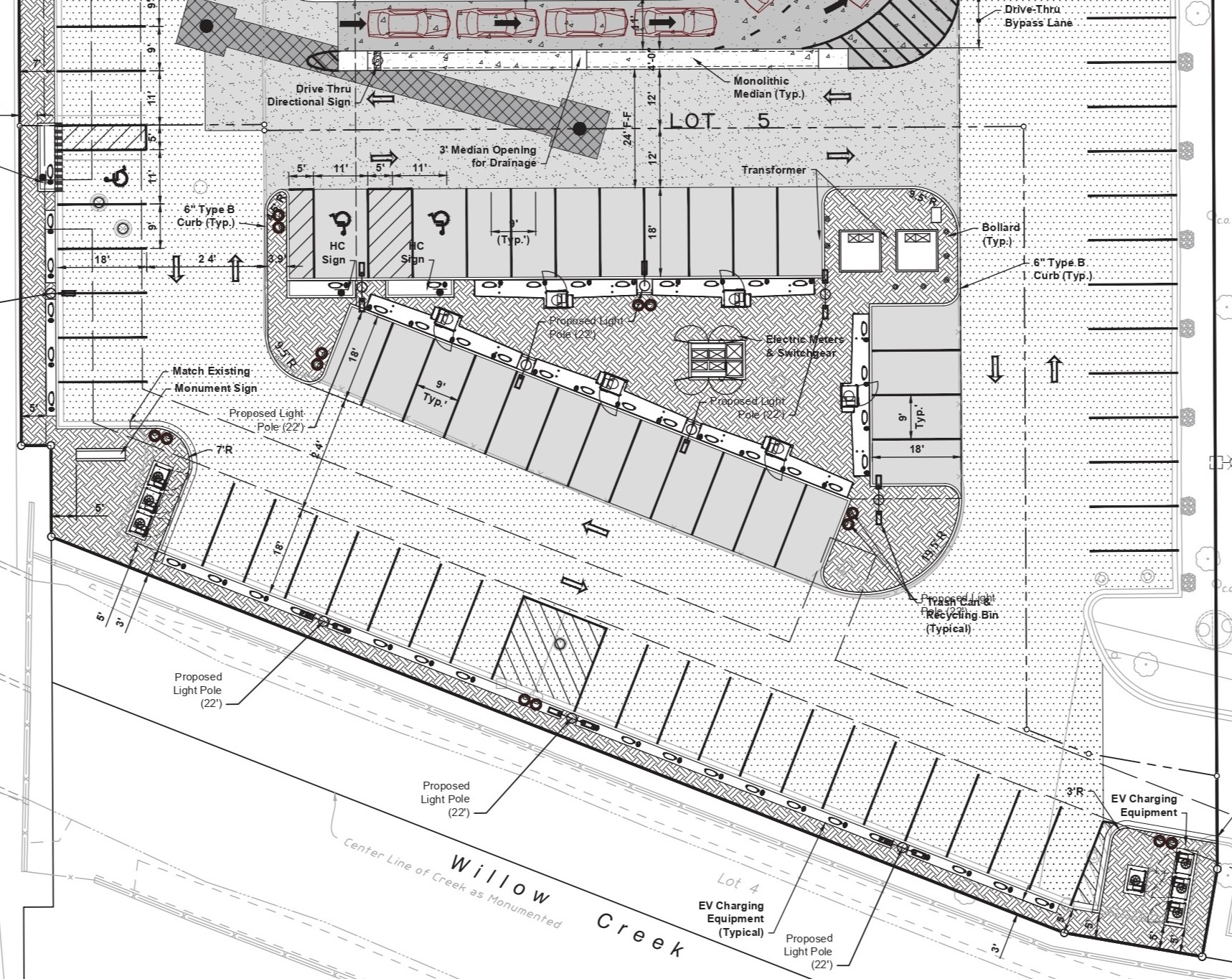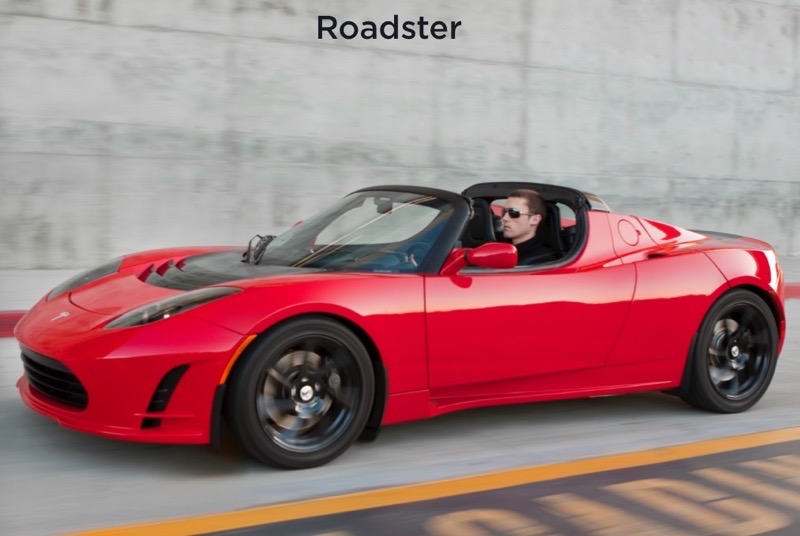
South Korea is Enticing Tesla for Next Gigafactory Location

South Korea wants to host Tesla’s next Asian Gigafactory, with municipal governments from all over the country vying for the electric vehicle (EV) maker’s favor — reports KED Global.
The news comes after Tesla CEO Elon Musk said last month that South Korea is among the top candidates for a second Gigafactory in Asia. Shortly after, South Korean President Yoon Suk-yeol offered “tailored” benefits to Tesla if the company decided to set up shop in the country.
South Korea’s Ministry of Trade, Industry, and Energy has already collected information on potential sites for an EV plant from all 17 of the country’s major local authorities, according to sources. The Ministry will share this information with Tesla by the end of the year.
“It is a step to give more information by providing more options to Tesla, although the company has already identified some sites,” said an official from the Ministry. “We found some competitive sites that we have not even thought of before.”
Tesla already has one Gigafactory in Asia, located in Shanghai, China, which is the automaker’s highest-yield facility. The company this year also opened two new Gigafactories in Berlin-Brandenburg, Germany, and Austin, Texas, adding to its existing Fremont factory in California.
However, the electric automaker hopes to produce 20 million cars per year by 2030, and Musk has said it will need 10-12 Gigafactories across the globe to support that output.
South Korea makes a compelling candidate since it is already home to leading battery (and cell material) makers like LG Energy and L&F Co. What’s more, the country has free trade agreements with Tesla’s key markets.
Municipal governments across South Korea are practically stepping over each other to invite Tesla to build an EV plant in their cities.
Gangneung touted its proximity to ports and abundant power supplies to entice Tesla. Pohang, already a key seaport, said that it is also home to the world’s sixth-largest steelmaker, POSCO, and manufacturing plants for battery material makers like EcoPro BM Co.
Daegu noted that L&F, one of Tesla’s suppliers of battery materials, is located in the city. The capital of Seoul, while it lacks sites suited for a Gigafactory, wants Tesla to set up its South Korean headquarters and other, smaller facilities in the city.
Industry sources in Seoul aren’t entirely convinced a South Korean Gigafactory will happen anytime soon, though. South Korea’s automotive market is relatively small, with a forecast of domestic sales of just 1.7 million units this year, and labor costs in the country are also higher than in other Asian countries, especially in the Southeast Asia region.
What’s more, Tesla reportedly wants to focus on another Gigafactory in North America first to take advantage of U.S. President Joe Biden’s recently announced Inflation Reduction Act.
“Tesla has been working to establish a factory in Mexico first since the announcement of the US Inflation Reduction Act,” said one source. “The company may not make a decision on investments in Asia in the near term.”
According to recent reports, Tesla could announce plans for a Gigafactory in Mexico in early 2023, if not before the end of the year.
Even if Tesla decides to pull the trigger on an Asian Gigafactory sometime soon, South Korea may be edged out by Indonesia.
Indonesia has cemented itself in a strong position for EV manufacturing thanks to its ample supply of nickel, a key raw material used to produce battery cells, and relatively inexpensive labor.
Indonesian President Joko “Jokowi” Widodo, who Musk met with earlier this year, is also urging Tesla to establish a manufacturing presence in his country. Tesla and Indonesia have already gotten in bed together too, striking a $5 billion deal for nickel supply in August.

